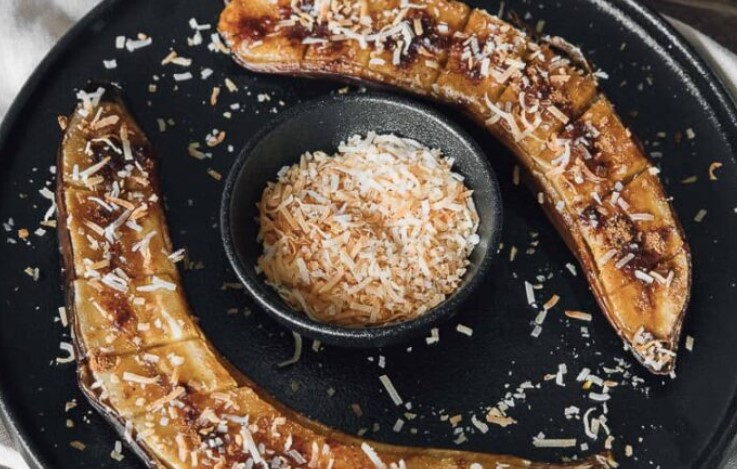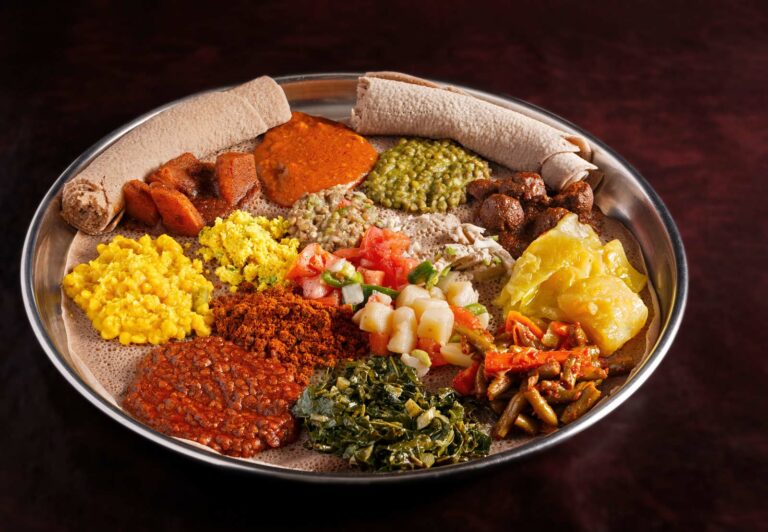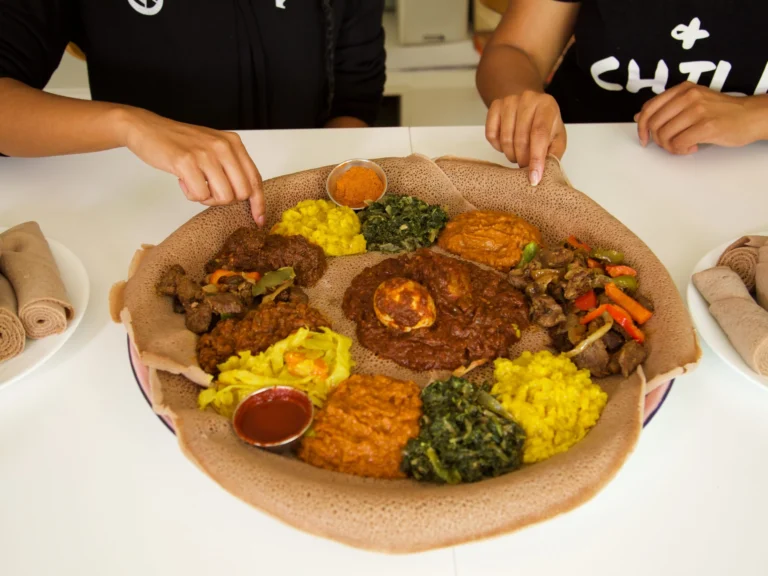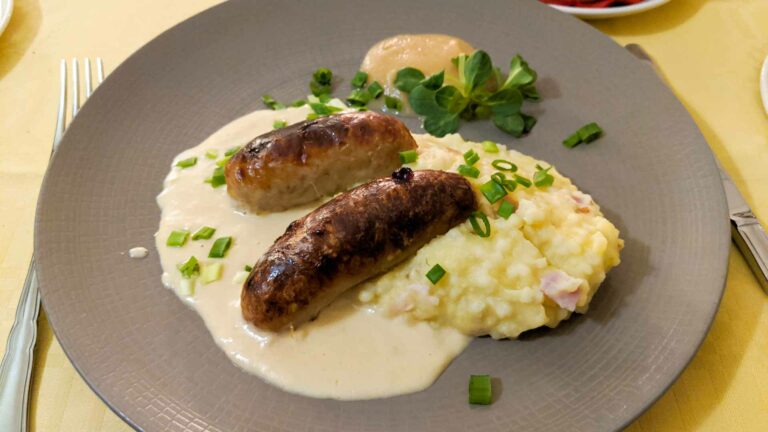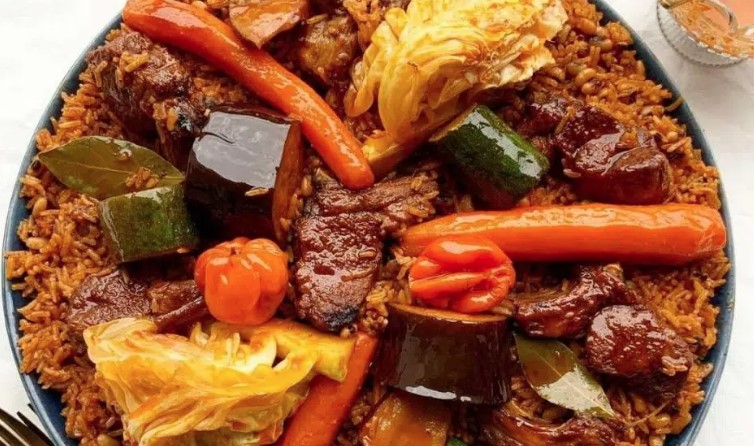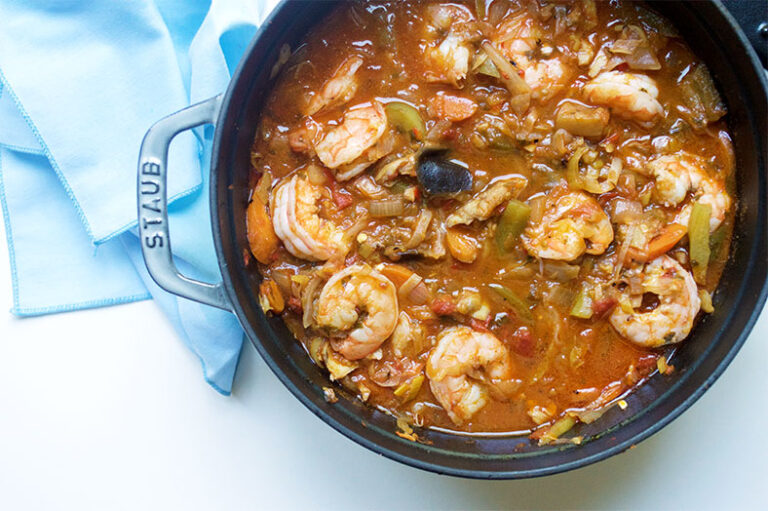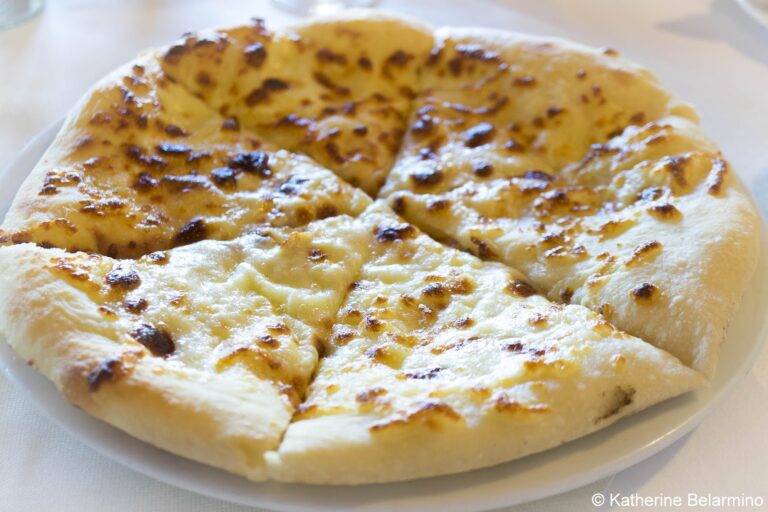Introduction: What is Equatorial Guinean Cuisine?
Equatorial Guinean cuisine is a unique blend of African, Spanish and Portuguese influences. The country is located in Central Africa and is a former Spanish colony, which makes its cuisine a fascinating reflection of its history and culture. Equatorial Guinean cuisine is known for its wide range of dishes, flavors and ingredients. It is a cuisine that is rich in flavor and texture, with a focus on fresh, locally sourced ingredients.
Cultural Influences on Equatorial Guinean Cuisine
Equatorial Guinean cuisine has been influenced by a number of cultures over the years. The country’s colonial past has had a significant impact on its cuisine, with Spanish and Portuguese influences being particularly prominent. African influences are also evident, as the country shares many culinary traditions with its neighboring countries. These cultural influences have resulted in a cuisine that is both diverse and flavorful.
Staple Foods in Equatorial Guinean Cuisine
Staple foods in Equatorial Guinean cuisine include rice, cassava, plantains, yams and beans. These foods are often cooked together and served as a main dish. Fish and meat are also commonly used in Equatorial Guinean cuisine, with chicken and beef being the most popular. Stews and soups are also an important part of the cuisine.
Spices and Seasonings in Equatorial Guinean Cuisine
Equatorial Guinean cuisine is known for its use of spices and seasonings. Common spices used in the cuisine include garlic, ginger, paprika, thyme, and parsley. The use of chili peppers is also common, which gives the cuisine a spicy kick. Other seasonings like salt and pepper are also used in moderation to enhance the flavor of the dishes.
Popular Dishes in Equatorial Guinean Cuisine
Some of the most popular dishes in Equatorial Guinean cuisine include chicken or beef stew, fish stew, Sopa de Pescado (fish soup), and Fufu (a starchy, dough-like dish made from cassava, plantains or yams). These dishes are often served with rice or boiled plantains. Another popular dish is Jollof Rice, a one-pot rice dish that is cooked with vegetables, meat or fish and a variety of spices.
Equatorial Guinean Desserts and Beverages
Desserts and beverages in Equatorial Guinean cuisine are often sweet and refreshing. Fresh fruit is a popular dessert option, with mangoes, pineapples and papayas being the most commonly used fruits. Sweetened condensed milk is also used to make a popular dessert called Flan, which is a caramel custard. Beverages in Equatorial Guinean cuisine include coffee, tea, and a refreshing hibiscus drink called Bissap.
Unique Ingredients in Equatorial Guinean Cuisine
Some unique ingredients used in Equatorial Guinean cuisine include wild game, such as antelope and monkey, and palm oil, which is used as a cooking oil and also gives dishes a distinct flavor. Another unique ingredient is the leaf of the cassava plant, which is used to wrap meat and fish before cooking, giving the dish a unique flavor.
Conclusion: Exploring Equatorial Guinean Cuisine
Equatorial Guinean cuisine is a unique and flavorful blend of African, Spanish and Portuguese influences. From its staple foods to its unique ingredients, the cuisine offers a diverse range of dishes that are sure to tantalize the taste buds. If you are interested in exploring new cuisines, then Equatorial Guinean cuisine is definitely worth a try.

